


At the 2025 National Association of State Chief Information Officers (NASCIO) State IT Recognition Awards, Minnesota received two national awards and was named a finalist for two additional projects, underscoring the state’s leadership in using technology to improve services, expand access, and strengthen public trust.
For a full list of NASCIO Award winners and finalists, visit the NASCIO Awards webpage.
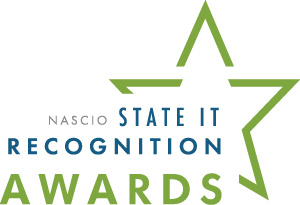

Category: Cross-Boundary Collaboration
Recognized for aligning food program eligibility across agencies and partners to reduce duplication, improve access to nutrition support, and strengthen services for families.

Category: Artificial Intelligence (AI)
Honored for transforming how state staff analyze legislation using AI-driven analytics that improve accuracy, speed, and insight.
Category: Enterprise Technology Management
Category: Information & Communications Technology
MNIT hosted a delegation of AI policy and innovation leaders from Germany and Sweden on September 15, 2025, as part of the U.S. Department of State’s International Visitor Leadership Program (IVLP). The visit, titled “Artificial Intelligence: Policy, Innovation, and Security,” was coordinated by World Learning.
During their time at MNIT, the delegation met with state technology leaders to discuss Minnesota’s approach to AI governance, data ethics, and digital innovation, including efforts led through the Transparent Artificial Intelligence Governance Alliance (TAIGA). The conversation highlighted opportunities for international collaboration on responsible AI use, cybersecurity, and policy alignment across government and industry.
The visit underscored Minnesota’s growing role as a leader in transparent and ethical AI implementation within the public sector and provided a platform to share best practices with European counterparts advancing similar national strategies.
MNIT was named an inaugural AI 50 winner by the Center for Public Sector AI — a national recognition honoring government leaders and organizations that use artificial intelligence to improve public services. The award highlights MNIT’s leadership in developing and applying AI responsibly and transparently to enhance accessibility, efficiency, and service delivery for Minnesotans.
Through initiatives like TAIGA, MNIT continues to shape ethical AI guidance and deploy practical tools that strengthen outcomes in health, safety, and digital government.
MNIT joins a select group of public agencies, nonprofits, and academic institutions nationwide recognized for advancing innovation while upholding ethical principles in AI use. View the full list of winners.
We’re honored to be recognized as a national leader in the responsible use of AI. Our work is guided by the belief that technology should reflect our public values and improve how we serve Minnesotans.
–Jon Eichten, MNIT Deputy Commissioner
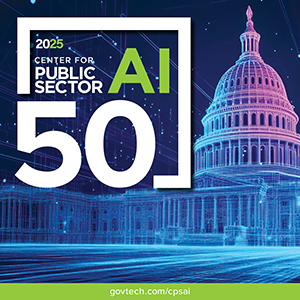
MNIT earned strong results in the 2025 Statewide Employee Engagement and Inclusion Survey, reflecting continued progress toward building an engaged, inclusive, and high-performing workplace.
MNIT achieved a 59% employee response rate, exceeding the statewide average of 48%, demonstrating strong engagement and trust in leadership. Survey results show employees feel connected to MNIT’s mission and supported in their work.
MNIT also excelled in inclusion and professional growth. Over 80% of employees said they feel respected and valued, and 91% reported having an Individual Development Plan.

92% of employees said they strive to do their best every day.
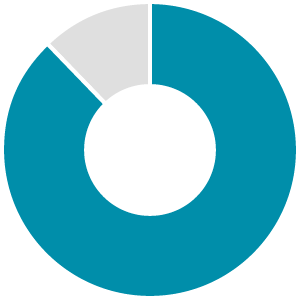
88% reported having the flexibility needed to manage personal responsibilities.
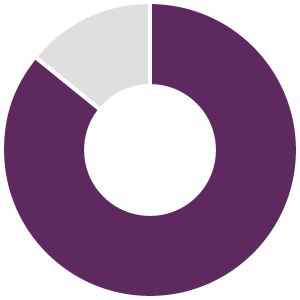
86% said they have a good working relationship with their immediate supervisor.
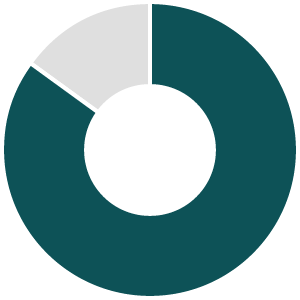
85% understand how their work contributes to MNIT’s mission.
Compared to statewide averages, MNIT outperformed in 29 of 33 areas, including fair policy implementation, respectful leadership, and employee input in decision-making.
Areas for continued focus include expanding career advancement pathways and strengthening crossteam collaboration. MNIT is using this feedback to guide action plans that reinforce a culture of learning, belonging, and shared purpose — affirming its commitment to people-centered leadership and excellence in public service.
MNIT Geographic Information System (GIS) Specialist Megan Sisko received the Polaris Leadership Award at this year’s GIS/LIS Conference — one of the most prestigious honors in Minnesota’s geospatial community.
The Polaris Leadership Award celebrates established leaders who bring energy, creativity, and inspiration to the GIS field. Megan’s nomination, supported by colleagues from the Minnesota Geospatial Information Office (MnGeo) and the broader geospatial community, reflects her far-reaching impact, dedication to collaboration, and the deep respect she’s earned among her peers.
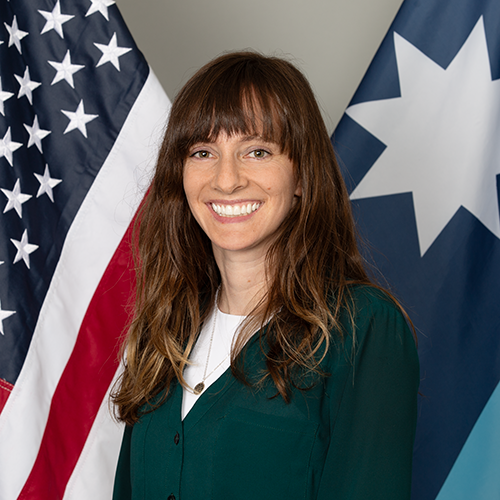

MNIT Week brought employees together to celebrate accomplishments, strengthen connections, and engage in professional development. The weeklong series of events featured hybrid and virtual sessions that emphasized learning, leadership, and collaboration across the agency.
MNIT Week opened on September 15, 2025, with a hybrid All-Staff Meeting featuring Commissioner Tarek Tomes, MNIT leadership, and keynote speaker Tane Danger. Employees gathered in person and online to reflect on the year’s progress and explore new ideas for the year ahead.
Based on employee feedback, MNIT introduced a new video series highlighting staff celebrating service milestones. The daily videos showcased the stories and experiences of colleagues across the agency, honoring the lasting impact of public service.
More than 3,300 attendees joined 30 interactive sessions focused on topics such as artificial intelligence, cybersecurity, accessibility, and leadership — a new participation record. Employees appreciated the practical, role-relevant content and opportunities for collaboration and discussion.
MNIT hosted a Manager and Supervisor Development Day, building on the LEADER training initiative Lead Innovation and Manage Change and launching the next competency, Effectively Communicate. A FranklinCovey senior leadership consultant presented “Effectiveness to Excellence — Communication of the Public Victory,” setting the stage for upcoming virtual learning sessions and peer discussions to close out the year. The LEADER Program includes four additional competencies that all managers and supervisors will explore through 2026-27.
MNIT Week concluded with the Annual Awards Ceremony on September 19, recognizing excellence in innovation, collaboration, and service to Minnesotans. The hybrid event celebrated individuals and teams whose work exemplifies MNIT’s mission and values.
The Minnesota State Forest Nursery grows conifer and hardwood seedlings for reforestation on public and private lands. Since 2016, the MN State Forest Nursery has sold an average of just over 3 million seedlings per year.
To mitigate climate change through reforestation and afforestation, in 2021 the state legislature provided $1.25 million each year in FY2022 and FY2023 for “accelerated tree planting and increasing seed collection and conservation-grade tree seedling production at the state forest nursery and providing cost-share incentives to increase tree planting.” The new technology, which supports the increase in inventory and sales and improves the overall customer experience for Minnesota Nurseries, was launched internally in August 2025 and publicly on Oct. 1, 2025.
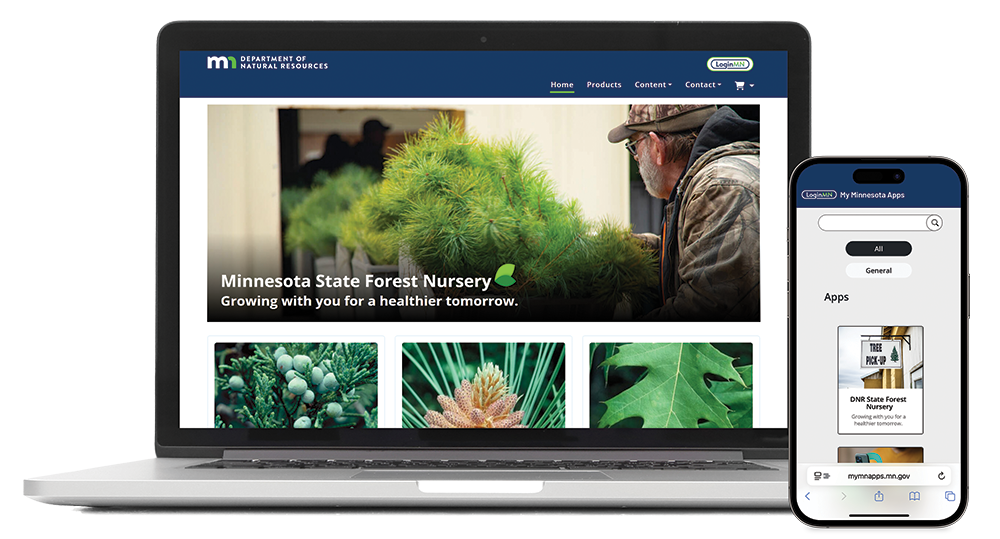
The overall customer experience is improved by:
Since the initial launch in August 2025, the State Forest Nursery has seen over $1M in sales. In the first 12 days following the public launch, 1,220 unique LoginMN accounts were created and 280 orders were placed, generating $279K in sales. Notably, 77% of payments to date have been made online.
The Minnesota Stroke Portal Modernization project, supported by the Technology Modernization Fund (TMF), focused on strengthening the security, efficiency, and usability of the state’s stroke data system. Approved in July 2024 and completed in September 2025, the initiative replaced a manual, outdated platform with a modern, secure, and user-friendly solution. The project was completed through collaboration between MNIT and the Minnesota Department of Health (MDH).
Serving 121 stroke-designated hospitals across Minnesota, the updated portal especially benefits rural communities by enabling hospitals to benchmark performance, monitor quality metrics in real time, and identify areas for improvement.
Beyond technical improvements, the project fostered meaningful collaboration across agencies and partners, ultimately advancing stroke care statewide and helping ensure Minnesotans receive timely, life-saving treatment.
Enhanced user experience: Introduced intuitive dashboards and simplified reporting for hospitals.
Stronger security: Implemented modern login protocols to better protect sensitive data.
Increased automation: Streamlined data flows and automated notifications, reducing manual workload.
Improved operational efficiency: Upgraded CDC reporting capabilities and added internal management tools.
The Minnesota Lead Drinking Water Service Line Mapping and Data Display Project received the Governor’s Certificate for advancing public health, transparency, and geospatial innovation — the first geospatial project to earn this honor since 2022. Led by the Minnesota Department of Health, the collaboration brought together nearly 1,000 public water systems, engineering firms, and partners to identify potential lead service line risks across 1.5 million addresses. The resulting interactive map has been viewed more than 100,000 times, empowering residents and decisionmakers with accessible information about water safety and replacement progress statewide.
Learn more by reading the MNIT news blog.

The Office of Accessibility (OoA), in collaboration with Digital Accessibility Coordinators and subject matter experts from across state agencies, released updated Accessibility Quick Reference Cards (Quick Cards) to reflect the latest standards and best practices.
The updates include:
These streamlined resources help state employees apply accessibility principles in their daily work. Designed for both quick refreshers and at-a-glance learning, the Quick Cards complement existing accessibility training and support inclusive digital design across all platforms.
Web versions are available on the OoA Quick Cards webpage, and printed copies are distributed at in-person events such as Global Accessibility Awareness Day.
The Quick Cards continue to be in high demand. Last quarter, MNIT received 15 requests for more than 300 printed sets from state agencies, colleges and universities, and legislative offices following a September newsletter article.
To deliver secure, modern, and accessible digital services, the Minnesota Legislature established the Technology Modernization Fund (TMF) with a $40 million investment over four years starting in 2023.
Managed by MNIT, the TMF supports projects that modernize technology, strengthen cybersecurity, and improve the digital experience for Minnesotans. A cross-agency steering team reviews proposals and oversees progress.
TMF projects focus on:
Department of Education (MDE)
MDE will upgrade seven high-traffic websites by migrating them to Azure cloud, enhancing security, reliability, and efficiency. The investment will improve customer experience and engagement, free staff time through more efficient tools, and provide Minnesotans with a modern, secure, and reliable platform for education information and services.
Office of Higher Education (OHE)
The project modernizes the Statewide Longitudinal Education Data System (SLEDS) and the Early Childhood Longitudinal Data System (ECLDS) to reduce costs, mitigate risks, and eliminate reliance on outdated technology and a single contractor. By transitioning to a proven, sustainable platform supported through MNIT resource sharing, the effort strengthens long-term stability, security, and operational efficiency. Private reports are being transitioned to Power BI and integrated with Login.MN.gov, ensuring a secure, seamless experience without disrupting public access.
Minnesota Zoo
The Minnesota Zoo will modernize its core digital systems, including web content management, customer relationship management (CRM), and ecommerce/ticketing platforms. The project aims to enhance guest, member, and donor engagement while improving overall user experience. By integrating these systems, the Zoo will advance data-driven decision-making, increase operational efficiency through automation, and strengthen revenue generation to support its mission and long-term sustainability.
Department of Human Services (DHS)
The project replaces six outdated, high-risk systems with a unified, cloud-based case management solution designed to enhance compliance, security, and efficiency. This modernization eliminates costly system failures and manual processes, safeguards sensitive data, and supports timely, fair hearings for approximately 20,000 cases each year. By establishing a scalable, collaborative platform, the project strengthens public trust and delivers sustainable value across multiple state agencies.
Department of Transportation (MnDOT)
MnDOT will build on the work of earlier Federal Transit Administration Mobility-as-a-Service (MaaS) grants and the 2024 TMF grant to expand trip planning payment to the rest of Greater Minnesota. By adding the final fifteen public transit agencies in Greater Minnesota to the platform, this will expand the ability for mobile app and web-based trip planner users to find a trip throughout all of Greater Minnesota.
To keep state government running and protect Minnesotans’ private data, we must continually work to secure Minnesota’s IT systems. Cybersecurity is one of the most critical functions that MNIT is tasked with, and it functions best when we are all working together, from the individual resident to our state agencies, and even to our legislators; that is how we can help protect the 35,000 users of our systems and 5.7 million Minnesotans who have private data secured by the state.
We serve Minnesotans by connecting all 87 counties, 300 cities, and 200 public higher education campuses across the state through MNET – Minnesotan’s dedicated public sector network. This network provides broad visibility into cyber activity occurring across the state. In Q3, our Security Operations Center (SOC) detected or received reports of 847 potential cyber events.
As cybersecurity threats become increasingly sophisticated, states must continually bolster efforts to safeguard their data. Minnesota has partnered with GovRAMP to reduce risk, improve operational efficiency, secure public data, and ensure equitable access to digital services.
A key part of this partnership involves managing third-party risk — identifying, assessing, and reducing potential threats from vendors that handle sensitive data or provide critical services. Without strong oversight, these relationships can expose systems to supply chain attacks, data breaches, and operational disruptions.
Minnesota upholds the integrity of its systems and the public’s trust through the enforcement of rigorous security standards, compliance protocols, and vendor accountability. GovRAMP supports this work by offering a standardized framework to assess the cybersecurity readiness of third-party vendors. Modeled after FedRAMP, it provides tools for ongoing monitoring and evaluation of cloud service providers.
Beginning Oct. 1, 2025, existing State of Minnesota contracts with cloud-based vendors handling high-categorized data will have GovRAMP requirements added during amendments or renewals, and new contracts will include the requirements. Effective April 1, 2027, all cloud-based vendors – both new and existing – handling Minnesota’s high-categorized data must be GovRAMP authorized.
This forward-looking step enhances data protection and ensures that vendors entrusted with Minnesota’s most sensitive data meet our rigorous cybersecurity standards. Together, we’re creating a safer digital environment for the people we serve.
MNIT’s Threat and Vulnerability Management Unit (TVMU) uses sophisticated tools to scan for software or hardware flaws. When TVMU identifies vulnerabilities, they collaborate with state agencies to help remediate issues and mitigate their cybersecurity risks. In Q3, MNIT resolved 1,498,054 vulnerabilities across the executive branch. TVMU detects new vulnerabilities and flaws daily, and addresses them before they can be exploited. This proactive work reduces the risk of security breaches, data loss, and other security incidents.
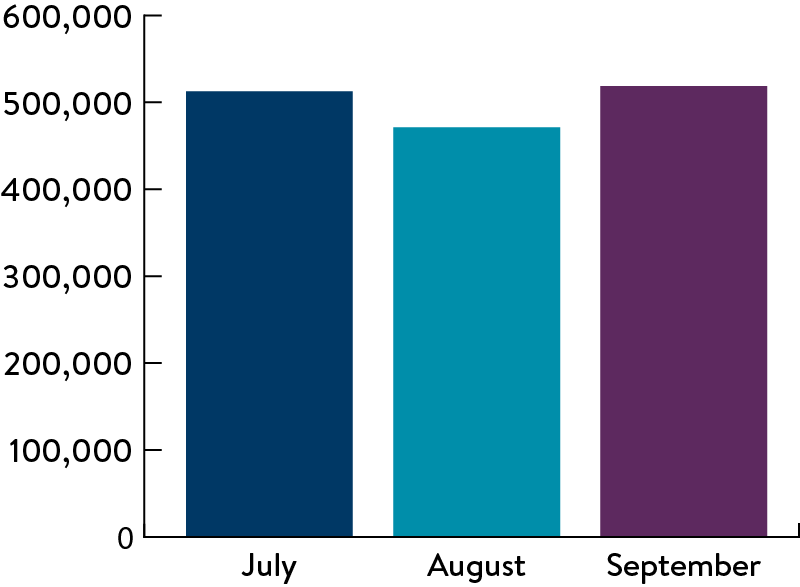
MNIT’s cloud modernization efforts continue to gain momentum. By the end of calendar year 2025, more than 50% of targeted workloads are expected to be successfully migrated from on-premises infrastructure to cloud-based services. Migration plans are in place for all remaining applications, and expanded project resources are aligned with the current timeline. Throughout the project, MNIT remains committed to building strong agency partnerships and creating a more modern, secure, and cost-effective technology foundation for Minnesota.

| Progress metric | CY2024 | Q1 - CY2025 | Q2 - CY2025 | Q3 - CY2025 | Total |
|---|---|---|---|---|---|
| Production migrations completed | 83 | 112 | 54 | 47 | 296 |
| Migration assessments completed | 176 | 145 | 70 | 170 | 561 |
| Migration planning completed | 156 | 142 | 67 | 143 | 508 |
| Dev environment migrations | 83 | 58 | 58 | 64 | 263 |
| Test environment migrations | 86 | 23 | 30 | 54 | 193 |
| Workloads delivered | 545 | 213 | 175 | 259 | 1,192 |
| Apps migrated | 206 | 151 | 99 | 246 | 702 |
Note: These are volumes from our primary cloud migration partner. Some MNIT teams continue to migrate servers to the cloud on their own.